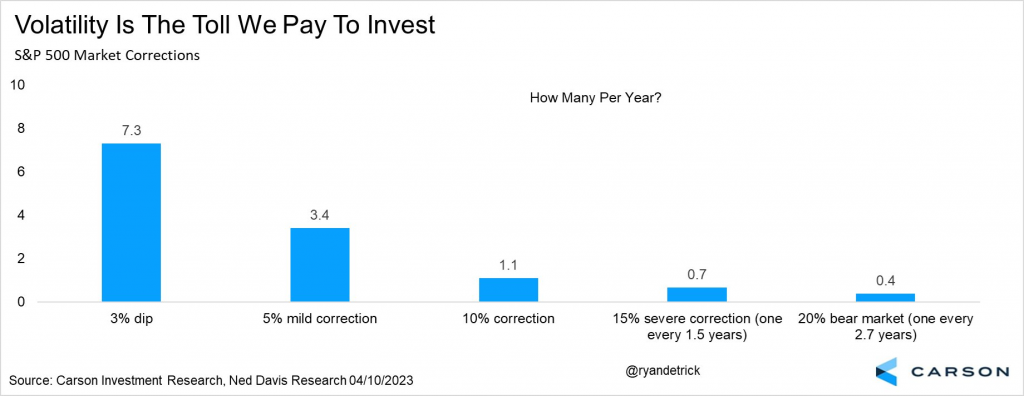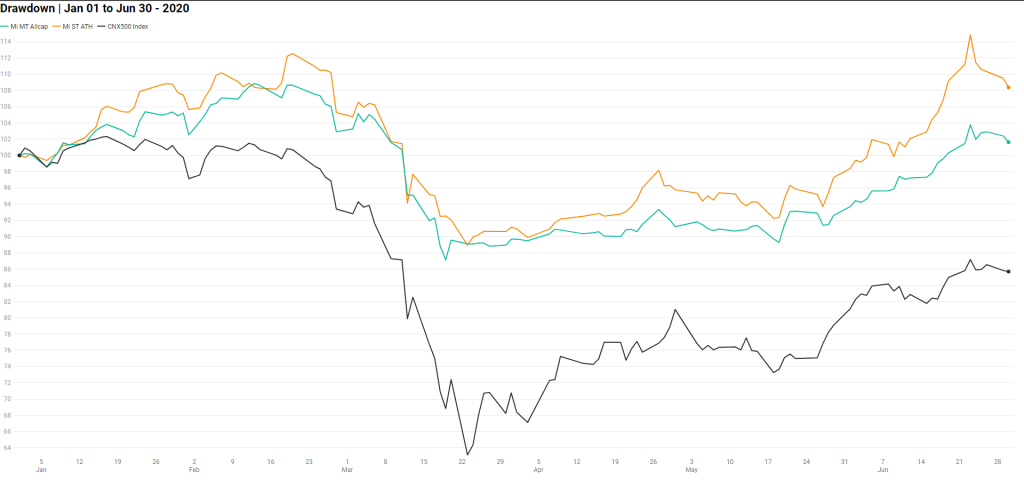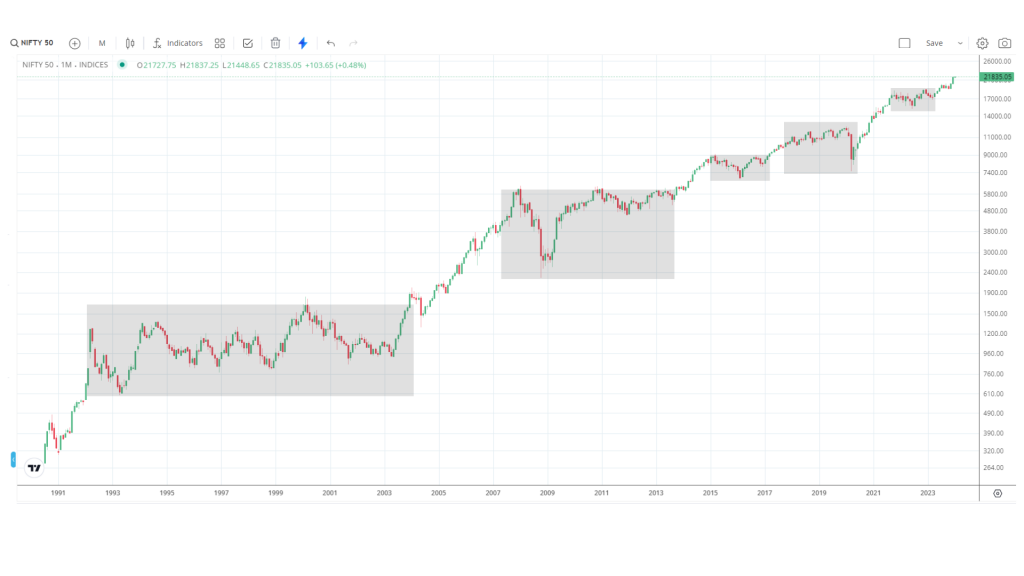Embracing Volatility: The Toll for Higher Returns
The highway is a symbol of efficiency, speed, and convenience, allowing us to reach our destinations quickly. But to enjoy the benefits of a well-functioning highway, we must pay a toll. We willingly pay this fee because we understand that it is necessary for the upkeep and improvement of the infrastructure that enables our smooth and efficient travel. In the world of financial markets, a similar concept applies. To achieve higher returns, we must be prepared to bear the toll of volatility.
Volatility, in market terms, refers to the fluctuation in prices or the degree of price movement of a financial instrument over a specific period. This volatility is the price we pay for the possibility of earning additional alpha or returns on our investments. Just as we accept the toll on the highway in exchange for a faster and smoother journey, we must embrace the volatility of financial markets if we seek higher returns.

The above enclosed chart showcases the average declines in the S&P 500 over the course of the last 95 years. This data reveals that market fluctuations are an expected occurrence, with certain levels of decline consistently observed. Understanding and accepting these patterns is key to navigating the financial markets successfully.
According to the chart, investors can expect a 3% dip around seven times per year. This means that, on average, you will experience a temporary decrease in your investment value approximately every two months. Additionally, a 5% dip can be expected around three and a half times per year, a 10% correction almost every year, a 15% correction every other year, and a 20% correction approximately every three and a half years.
While these numbers might seem daunting, they reflect historical data and provide insight into the risks associated with investing. It is important to note that these observations are not limited to the U.S. market. Indian markets, for example, have also shown similar patterns, albeit with slight variations in percentages and frequencies.
If you desire higher returns, you must be prepared to weather these market fluctuations. The more you embrace and accept this volatility, the better equipped you will be to handle it. By acknowledging the inevitability of market fluctuations, you can develop strategies to mitigate their impact and allow your investments to continue growing.
Perks of following a momentum Strategy
For instance, if you follow a momentum investing strategy, you can adjust your portfolio by shifting to stronger stocks in times of market decline or even converting to cash during deeper corrections.
How Mi MT Allcap & Mi ST ATH avoided deep drawdowns during the Covid fall back in March 2020

This adaptive approach allows your investment strategy to navigate the volatility more effectively. While it is true that you may experience losses and endure temporary setbacks, this is the toll you must pay to have the potential for higher returns.
Once you bear with the short term volatility, the long term picture looks quite smooth and one sided.

Looking back at the past six, seven, or eight years, we can see the rewards that come from successfully navigating market volatility. If you had remained steadfast and overcome the various obstacles presented by market fluctuations, you would have witnessed the substantial returns that can be achieved.

If you have any questions, please write to support@weekendinvesting.com









